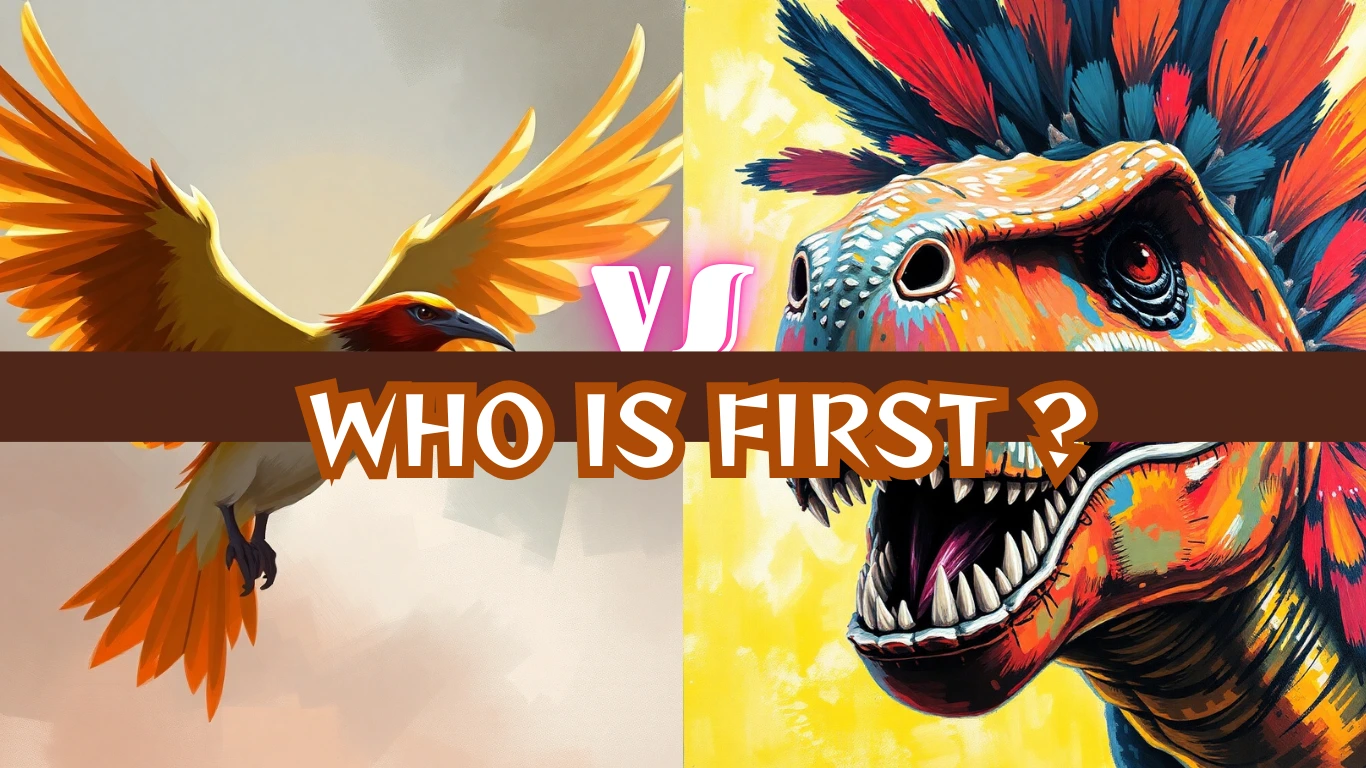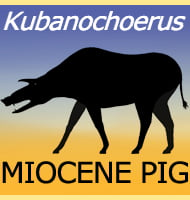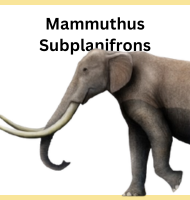Birds flaunt their feathers, but these fancy features first appeared on dinosaurs. Scientists are still trying to figure out when and how feathers evolved.
Did all dinosaurs get feathers from one ancestor, or did they pop up independently?
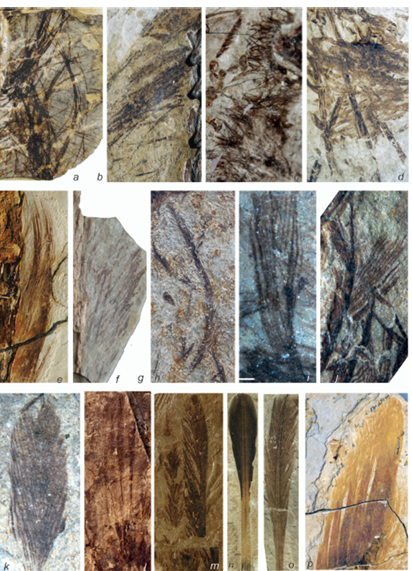
Fossilized feathers were first found on dinosaurs in the 1990s. Since then, many more questions have arisen.
Researchers are working hard to piece together the story of feather evolution.
Link between Meat-Eaters and Feathers

Most feathered dinosaurs found so far were meat-eaters related to birds. Experts agree these dinosaurs had feathers.
Beyond that, opinions diverge. More fossils and a clear definition of what makes a feather are needed.
The Big Debate: When Did Feathers Appear?
- Avemetatarsalian Origin: This idea suggests feathers evolved in the common ancestor of dinosaurs, birds, and pterosaurs. Some animals then lost their feathers over time.
- Other Theories: Some scientists think feathers evolved later, only among dinosaur ancestors.
- Tetanuran Theropod Origin: This theory says that only two-legged, meat-eating theropods developed true feathers. Other “feathers” were just adapted scales.
Most feathered dinosaur fossils are from the Cretaceous Period, long after feathers likely evolved. Finding fossils from the Jurassic and Triassic periods is key.
Discovering feathered dinosaurs from the Triassic would mean their ancestor had feathers.
Defining a Feather
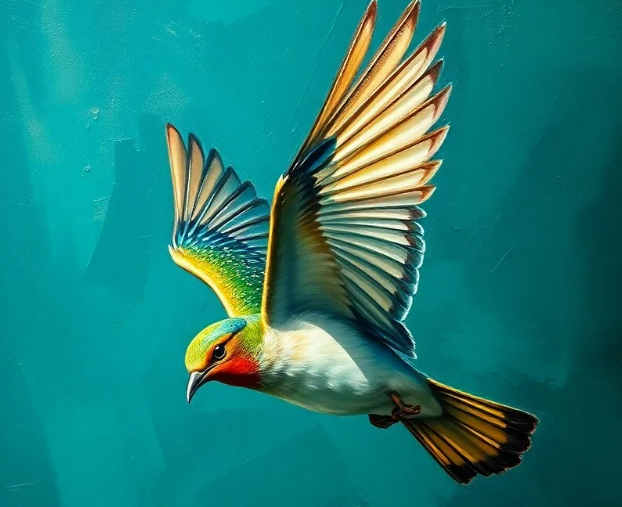
Researchers need to agree on what exactly a dinosaur feather is. Modern bird feathers are a good starting point, but they are separated by millions of years.
Dinosaur feathers may have lacked features of modern feathers.
What Makes a Feather?

To identify a feather, scientists look at its structure and what it is made of. A key feature is that it grows out of a follicle in the skin.
However, early dinosaur feathers might not have had follicles. Comparing preserved skin and feathers with modern bird examples could help.
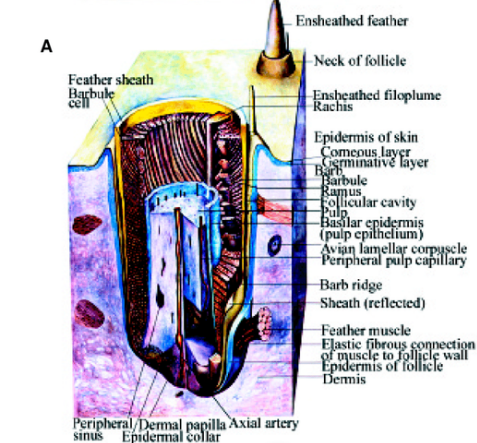
What does Skin tells ?
Preserved skin can offer new clues. Similar tissues in some dinosaurs and early birds suggest a common ancestor had feathers.
Other dinosaurs had reptile-like skin or a mix of scales and feathers. This raises the possibility that feathers evolved independently.
There is still much work to be done to pinpoint the origin of feathers. Paleontologists will keep searching for fossils to settle this long-standing debate.
Feathers Were Before Birds
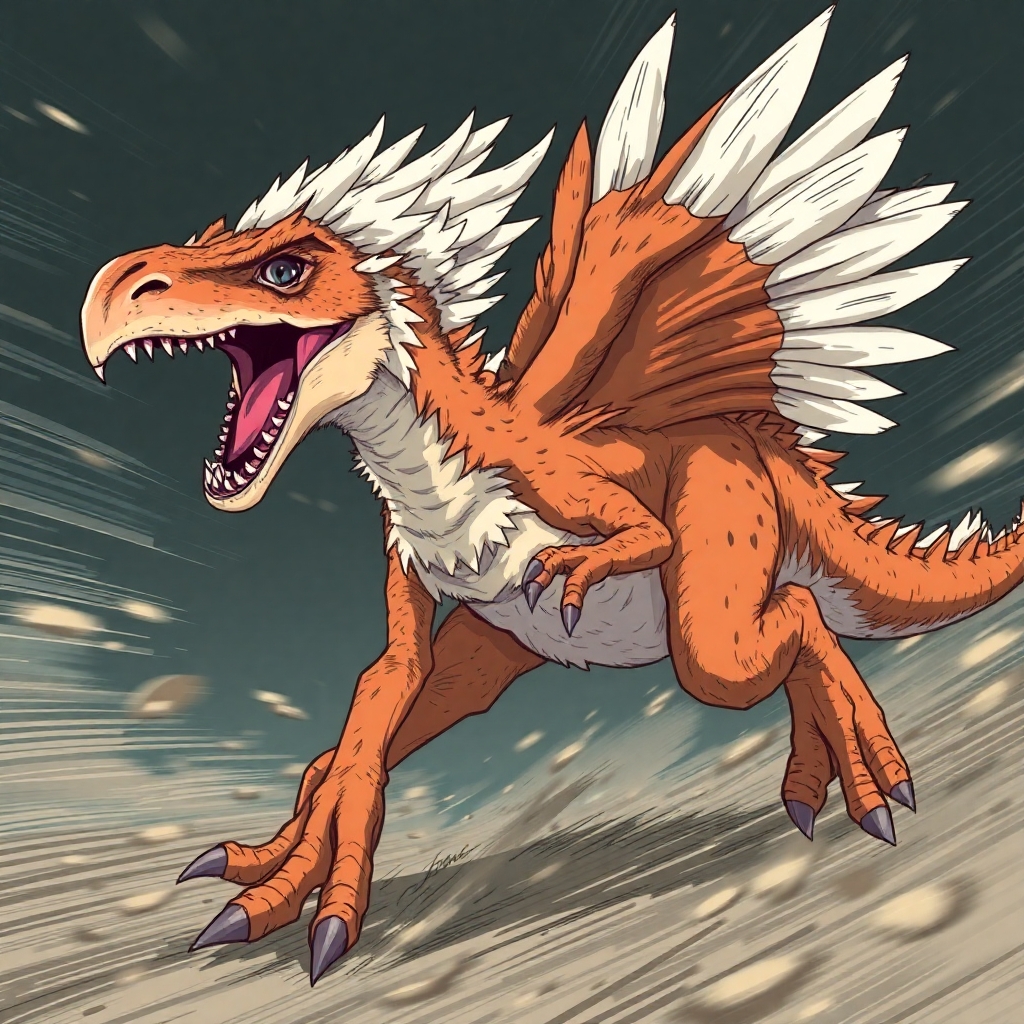
Feathers are essential for birds, helping them fly and stay warm. Feathers have unique features, such as special proteins and branching structures.
They also serve many purposes, including insulation and communication. Until recently, feathers were thought to be unique to birds.
Feathers Evolution
The discovery of feathers on non-flying dinosaurs changed the understanding of bird evolution. It showed that feathers came before birds and flight.
These findings have also affected how scientists define birds and feathers.
How feathers became Simple to Complex ?
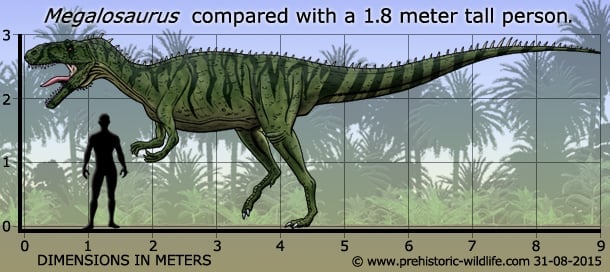
The first feathers on theropod dinosaurs were simple and filamentous. More complex feathers appeared later, with flight feathers evolving before birds.
The earliest known theropod feathers were found on the megalosauroid Sciurumimus.
Melanosomes and Feather Color Evolution
Different types of melanosomes (color-producing structures) have been found in theropod feathers.
The diversity of melanosomes increased as feathers evolved, possibly indicating a shift to more diverse colors and signaling functions.
What were Functions of Early Feathers ?

Early feathers likely served multiple purposes, including insulation, camouflage, and display. Some dinosaurs, like Sciurumimus, even had feather crests, suggesting a role in communication.
The increasing diversity of melanosomes indicates that signaling became a key function of feathers early in their evolution.
Do Feathers Should have Follicles Necessarily?
Modern feathers grow from follicles. However, the earliest feathers might not have had follicles. Some scientists propose that follicles may have evolved later, after filamentous feathers appeared.
If the integumentary appendages in ornithischians and pterosaurs can be shown to have grown from a follicle, they are clearly feathers.
What’s Next?
Key questions remain about the timing of feather origins and the similarities between integumentary appendages of pterosaurs, theropods, and ornithischians.
The “avemetatarsalian” and “tetanuran theropod” hypotheses offer different timelines for feather evolution.
Finding more fossils and conducting in-depth analyses are crucial.
